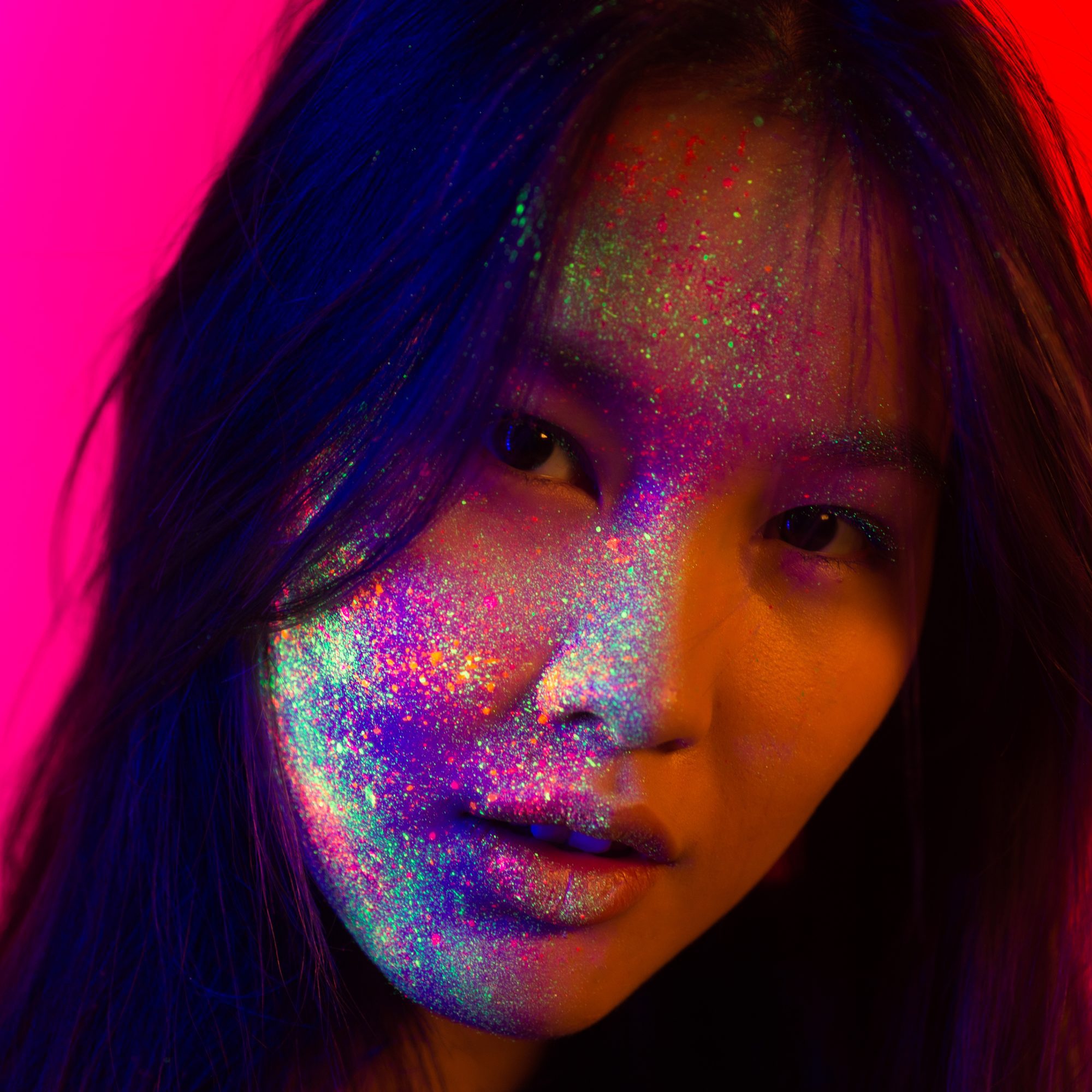On one part crisp Sunday morning, steeped in the sweet aroma of my freshly brewed coffee, my camera in hand capturing the dew-kissed garden through the lens, a notion struck me. ‘Wouldn’t this frame look enchanting drowned in radiant white tones?’ And that ‘Eureka’ moment was the birth of my fascination with high-key photography. But while the concept was exhilarating, I soon confronted the inevitable question – How to nail it?
Did you know that high-key photographs can evoke emotions of happiness, brightness, and positivity? This style, frequently seen in sophisticated fashion shoots or ethereal surreal and fantasy photos, is not just about overexposing your images. Yet, many mistakenly believe so. Today, let’s debunk this myth and delve into the twists and turns of high-key post-processing in Lightroom.
Understanding High-Key Photography
The essence of high-key lies in its minimalistic shadows, suppressed contrast, and a histogram leaning towards the right, almost as if the photograph is having a friendly tete-a-tete with the light. ‘But isn’t it easier just to crank up the exposure and make everything white?’ you ask.
“Ah, my friend, that’s where you got it twisted,” I’d reply. “True high-key harmonizes brightness and detail, presenting an image that’s light, yet defined.”
Creating the High-Key Effect in Lightroom
Enough background let’s get into the action. In Lightroom, like a maestro in front of his orchestra, we’ll fine-tune each element to create our high-key magnum opus. Remember, each photo is unique, and the exact adjustments might vary. However, the general flow remains consistent.
“What’s that? You called out ‘Exposure’?” I pretend to hear you say. Although I can’t deny the pivotal role Exposure slider plays, let’s not rush. Before tweaking, remember our mantra, ‘balance brightness and detail’.
Where Shadows Shy Away
The first stroke in our high-key canvas involves making shadows lighter using the ‘Shadows’ slider under the ‘Basic’ panel. ‘But wouldn’t that flatten the image?’ you ponder. Believe me, I’ve been there.
“The trick, my dear reader,” I’d whisper leaning in, “is not to overdo it. Yes, we want to minimize dark tones but ensuring essential details remain visible is a high-key commandment you shall not break.”
Creating a Glow of Whites
Now, let’s work with the ‘Whites’ and ‘Highlights’. Sliding them to the right, we pour a bucket of whiteness, yet careful not to drown the photograph. However, just as too much shadow is a no-no, blowing out our highlights to oblivion goes against our high-key philosophy.
“Why?” you might ask. “Isn’t this about bathing the image in pearly white?” Sure it is, but here’s the twist – “Our aim,” I’d say with a mischievous grin, “is to make the photo swim in light, but we wouldn’t want it to lose its unique features, would we?”
And at last, to keep our image from going flat, we adjust the ‘Black’ slider. By increasing its value, we inject a subtle contrast, preserving some vital details and keeping our image from losing its depth.
Nailing High-Key in Lightroom: The Conclusion
Now, back to our cup of coffee and the morning garden scene; with these tips and tinkering in Lightroom, wouldn’t our picture tell a much brighter tale? So, are you ready to paint your own high-key story?


0 Comment